13 Tips on How to Train Your Dog
 Except for maybe cat lovers, we can all agree that dogs are a man’s best friend. However without proper training a dog can cause absolute havoc and be more work than fun.
Except for maybe cat lovers, we can all agree that dogs are a man’s best friend. However without proper training a dog can cause absolute havoc and be more work than fun.
When approaching dog training it is important to arm yourself with a lot of patience and to not expect instant “dog whisperer” miracles. Learning how to communicate with your dog will help build a better and stronger relationship.
Here are thirteen dog training tips that will help you create a fun and obedient best friend.
- All successful training techniques are based on three basic principles: consistence, patience, and persistence. Those three are the most important rules you should always have in mind.
- Be patient & start young – it can take a lot of time to change a dogs behaviour so don’t expect him to roll over in a day! The trick is to be patient and you will slowly win the battle. Why can it take so long to change a dogs behaviour? Well ask yourself the following two questions:
Has your dog been behaving a certain way for a long length of time?
What type of behaviours are you trying to change, are they built into what it means to be a dog?Like digging, barking & jumping?So what do we mean by these questions? Well, consider that your dog has been barking at people that walk by the house for the last 6 years and you now no longer what them to do it. It is going to take them a lot longer to change their behaviour because they have been doing it for so long, whereas if you trained your dog as a puppy it would have been much easier. Remember it’s never too late to change your dogs behaviour just some will just take longer than others.
- Keep the training consistent – whenever you’re training your dog, it’s important to get as many family members involved as possible so everyone’s on the same page. If you are telling your dog “off” when he jumps on the couch and someone else is saying “down,” while someone else is letting him hang out up there, how on earth is he ever going to learn what you want? Consistency will be the key to your success.
- Dogs inherited many instincts from their ancestors – wolves, so it’s in their nature to be in a pack, meaning that you have to be an Alpha Dog. Let your dog lick the back of your hand and acknowledge you as a pack leader. Your dog needs to know its place and role. You, as a pack leader, are responsible for stability, harmony, and providing food.
- Praise and Reward can be a crucial tactic to use in training sessions. It would be foolish trying to explain to your dog the rights and wrongs of the process. Dogs must associate the command with the action it performs. Praise and reward must come immediately upon completing the desired action. Timing is very important.
- Training sessions shouldn’t be long, so that the dog isn’t bored. Things that you’re trying to teach your dog should be repeated session after session on a daily basis. Sometimes change the routine so that your dog doesn’t learn to follow the routine instead of commands.

- Socialising and exposing your dog to lots of new situations is an important element of training. Dogs should learn how to interact with strangers as soon as possible. It will be much easier if you start this process when the puppy is young.
- Listen to your dog – to help create trust you should learn to listen to your dog. If your dog appears to be uncomfortable meeting another dog, animal or person, don’t insist that he say hello. He’s telling you that he isn’t comfortable for a reason, and you should respect that. Forcing the issue can often result in bigger problems down the line.
- Punishment should never include physical abuse. Dogs should respect you, not fear you. An effective punishment is that you completely ignore the dog by turning your back and pay no attention.
- Always finish training on a positive note. Never finish with a failure. Your dog should remember all the fun from the session so it can happily repeat the session the next day.
- Be sure to correct all your dogs mistakes during the training, after the session is finished is too late. Correct the bad behaviour from the start even if it’s cute.
- Improve your Alpha Dog status by teaching your dog to come when called. Use positive reinforcement when behaving well. Teach your dog to come when it’s busy doing something else. Practice makes perfect, right?
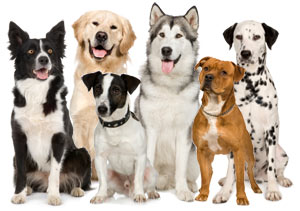 Finally the big question – should you let your dog sleep in your bed? Well there are a lot of opinions out there! However if you have already trained your dog to a decent level and of course it has been broken in, then really this comes down to personal preference. It shouldn’t really do any harm.
Finally the big question – should you let your dog sleep in your bed? Well there are a lot of opinions out there! However if you have already trained your dog to a decent level and of course it has been broken in, then really this comes down to personal preference. It shouldn’t really do any harm.
These are of course just some top level tips to help you on your way with the training process. Some additional articles that we found helpful are:
RSPCA Australia – The do’s and don’ts of training your dog
RSPCA UK – Dog training and dog training tips
Best of luck with your new journey and new friend!

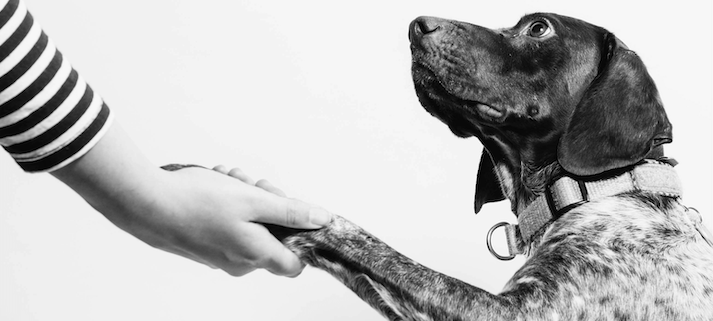

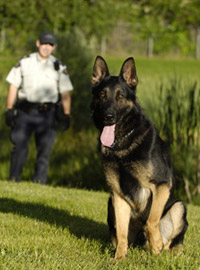
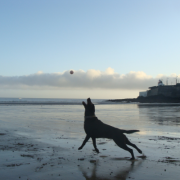

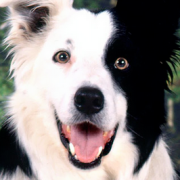

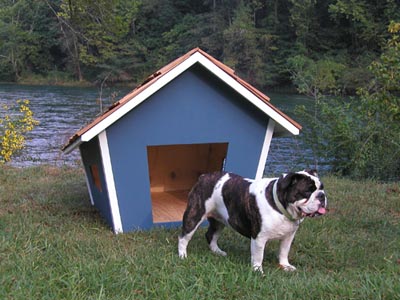



Leave a Reply
Want to join the discussion?Feel free to contribute!